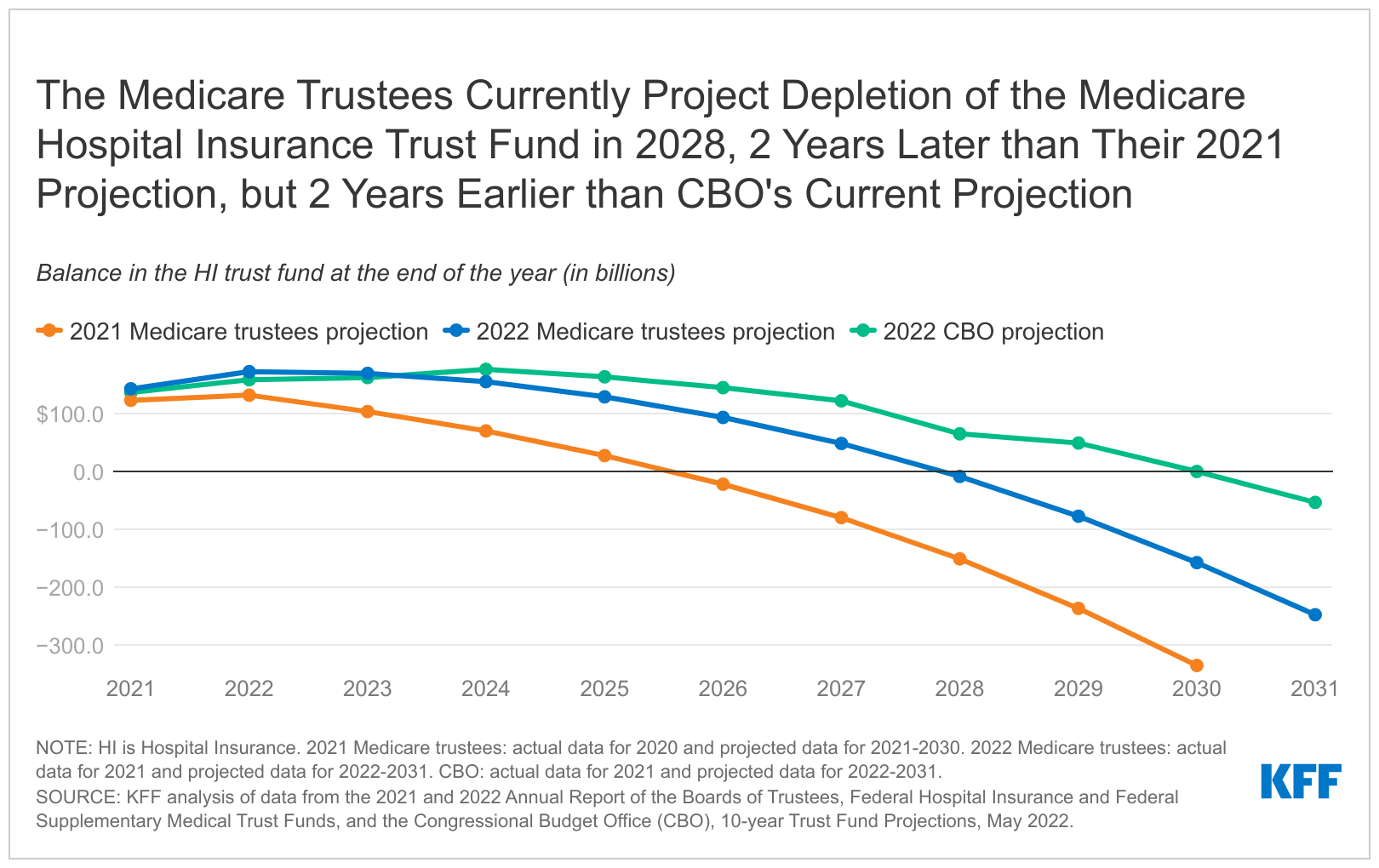Q1. Which political party took Social Security from the independent trust fund and put it into the general fund so that Congress could spend it?
A1: There has never been any change in the way the Social Security program is financed or the way that Social Security payroll taxes are used by the federal government. The Social Security Trust Fund was created in 1939 as part of the Amendments enacted in that year. From its inception, the Trust Fund has always worked the same way. The Social Security Trust Fund has never been "put into the general fund of the government."
Most likely this question comes from a confusion between the financing of the Social Security program and the way the Social Security Trust Fund is treated in federal budget accounting. Starting in 1969 (due to action by the Johnson Administration in 1968) the transactions to the Trust Fund were included in what is known as the "unified budget." This means that every function of the federal government is included in a single budget. This is sometimes described by saying that the Social Security Trust Funds are "on-budget." This budget treatment of the Social Security Trust Fund continued until 1990 when the Trust Funds were again taken "off-budget." This means only that they are shown as a separate account in the federal budget. But whether the Trust Funds are "on-budget" or "off-budget" is primarily a question of accounting practices--it has no effect on the actual operations of the Trust Fund itself.
Q3. Which political party started taxing Social Security annuities?
A3. The taxation of Social Security began in 1984 following passage of a set of Amendments in 1983, which were signed into law by President Reagan in April 1983. These amendments passed the Congress in 1983 on an overwhelmingly bi-partisan vote.
The basic rule put in place was that up to 50% of Social Security benefits could be added to taxable income, if the taxpayer's total income exceeded certain thresholds.
The taxation of benefits was a proposal which came from the Greenspan Commission appointed by President Reagan and chaired by Alan Greenspan (who went on to later become the Chairman of the Federal Reserve).
The full text of the Greenspan Commission report is
available on our website.
President's Reagan's signing statement for the 1983 Amendments can also be found
on our website.
A detailed explanation of the provisions of the 1983 law is also
available on the website.
Q4. Which political party increased the taxes on Social Security annuities?
A4. In 1993, legislation was enacted which had the effect of increasing the tax put in place under the 1983 law. It raised from 50% to 85% the portion of Social Security benefits subject to taxation; but the increased percentage only applied to "higher income" beneficiaries. Beneficiaries of modest incomes might still be subject to the 50% rate, or to no taxation at all, depending on their overall taxable income.
This change in the tax rate was one provision in a massive Omnibus Budget Reconciliation Act (OBRA) passed that year. The OBRA 1993 legislation was deadlocked in the Senate on a tie vote of 50-50 and Vice President Al Gore cast the deciding vote in favor of passage. President Clinton signed the bill into law on August 10, 1993.
(You can find a brief historical summary of the development of taxation of Social Security benefits
on the Social Security website.)
